Digging Deep: Exploring the representation of female sexuality as both empowering and destructive in the 1942 horror classic Cat People.
Jacques Tourneur’s Cat People (1942) follows Serbian artist, Irena Dubrovna (Simone Simon) who meets, falls in love with, and marries American marine engineer, Oliver Reed (Kent Smith).
Irena soon reveals to Oliver her intense beliefs in an old wives’ tale about women who change into great cats when they are embraced by their lover. Oliver tries to help Irena by sending her to see psychiatrist Dr. Judd (Tom Conway), but the men’s disbelief in Irena’s stories end up harming her more than helping her.
Cat People has been studied and analyzed by many as an allegory for sexual desires, more specifically female sexual desire. There is an interesting duality between Irena embracing her power and her being destroyed by it; in this way, the film is both empowering and problematic.
Irena is perpetually drawn to a panther at the zoo she lives near, remarking that it is beautiful and terrifying. In the same way, Oliver is drawn to the exotic (foreign) and beautiful Irena. Oliver soon learns there is something dangerous about Irena as well: her fear of turning into a monster. This is a danger to their marriage, a union that Oliver slowly begins to realize is not what he had imagined.
The film is really all about sexual attraction and tension, shown in Oliver who is clearly drawn to Irena’s beauty and is sexually attracted to her. Upon their first meeting when Irena invites Oliver to tea he says, “Oh, Miss Dubrovna. You make life so simple!” This points to Oliver’s joy at a sexual encounter with very little effort on his part.
After a while, Oliver and Irena hear animals of the zoo in Irena’s apartment. Irena remarks how she finds the roar of the lions at the zoo soothing, yet the panther sounds like a woman shrieking. In his book, The Horror Film: An Introduction, Rick Worland states the panther’s feminine screams suggest “both victimization and sexual passion” and they “continue the film’s contradictory presentation of surface events” (181).
This leads to the couple discussing the panther, and Irena’s fear of it; they talk about Irena’s statue of King John piercing a panther with a sword, foreshadowing Irena’s demise. The sword also symbolizes Irena’s fear of penetration or any sexual situation, as she fears such acts will turn her into a monster.
More events suggest Irena’s predatory nature, for example, when Oliver brings her a kitten as a present and it hisses at her, refusing to go near her. To this Irena sadly replies, “Cats just don’t like me.” When the couple returns to the pet shop to exchange the cat for a canary, all the birds in the shop erupt in panic, recognizing Irena as a predator. The shop owner remarks that animals are psychic, a point which is proven right when Irena, out of jealousy, begins to stalk Oliver’s coworker, Alice (Jane Randolph).
Irena’s jealousy is her driving force for embracing her power, as she describes to Dr. Judd: “women who in jealousy or passion or out of their own corrupt passions can turn into great catlike panthers. And if one of these women were to fall in love and her lover were to kiss her, take her into his embrace, she would be driven by her own evil to kill.”
Thus, Tourneur’s problematic message is revealed; women are predatory by nature and jealousy turns them into deadly monsters.
Furthermore, Tourneur shows the difference in Oliver’s relationships with Irena and Alice. With Irena, there is sexual tensions and attraction, Oliver is enticed by her unique scent and is drawn into her beauty. Alice on the other hand as Karen Hollinger points out in her essay, “The Monster as Woman: Two Generations of Cat People,” there is no sexuality in Oliver’s relationship with Alice. “Alice offers Oliver a safe, secure, and nonthreatening affection, but it is also presented as an asexual one” (352).
Ultimately, though, Irena’s sexual threat is brought under control through her death, both Oliver and Dr. Judd fail to control her, which leaves Irena to destroy herself by opening the panther’s cage and setting it free. Irena does this literally and figuratively, although the panther immediately being hit by a car after escaping parallels Irena’s own death. The death of the panther from the zoo reiterates the lesson that giving into sexual desires leads to your own destruction, while a safe, asexual relationship like Oliver’s and Alice’s triumphs.
Overall, there are empowering elements to Tourneur’s Cat People.
The idea of embracing our sexual desires and giving into them, symbolized by Irena’s, literal, animalistic side, contrasts the wholesome relationship between Oliver and Alice. The “safe” relationship triumphs, however, sending a message that giving into sexual desires releases a monster that can only lead to destruction. Oliver’s and Dr. Judd’s inability to control Irena is empowering, however, although it does lead to her death, which seems to be the only way for Irena to be free.


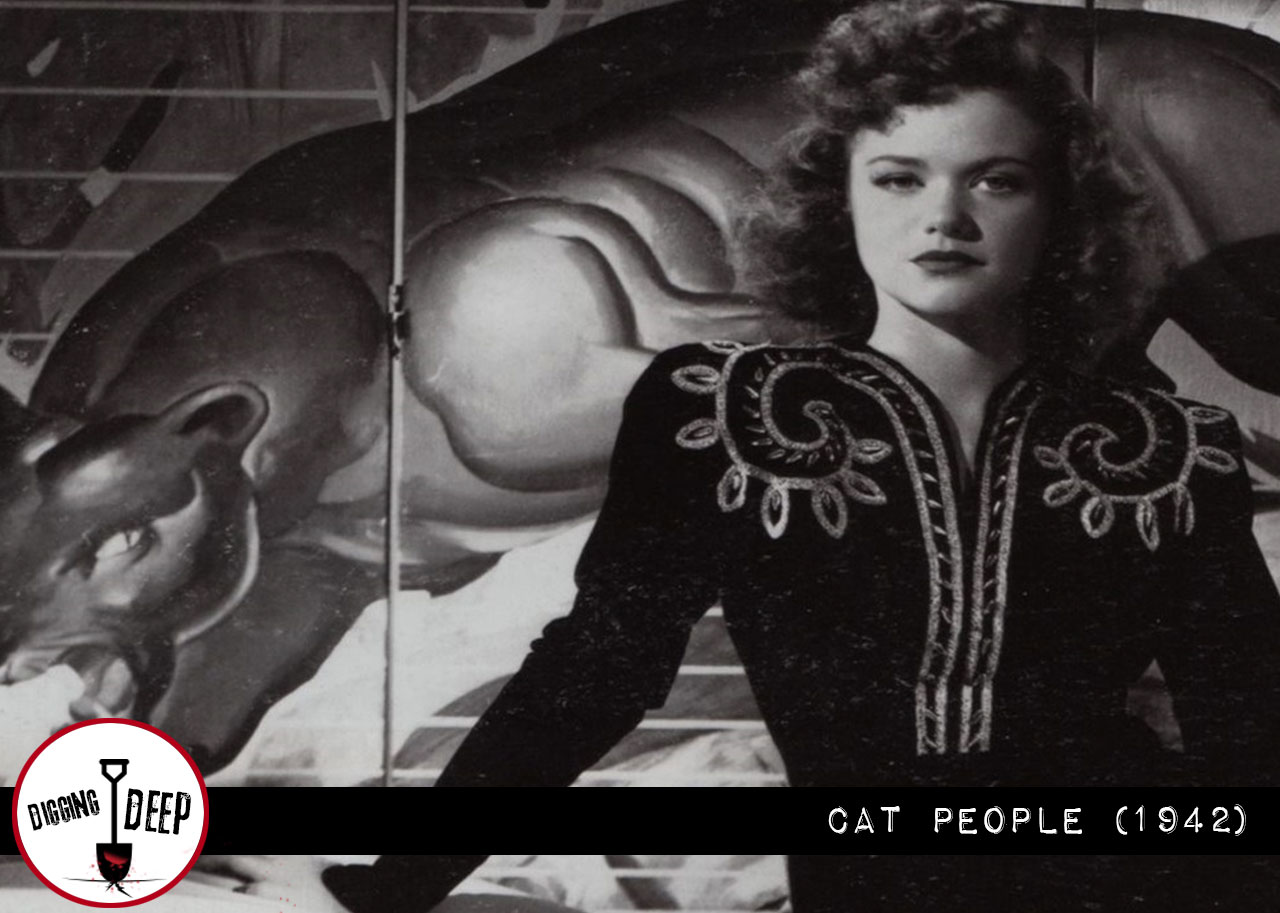
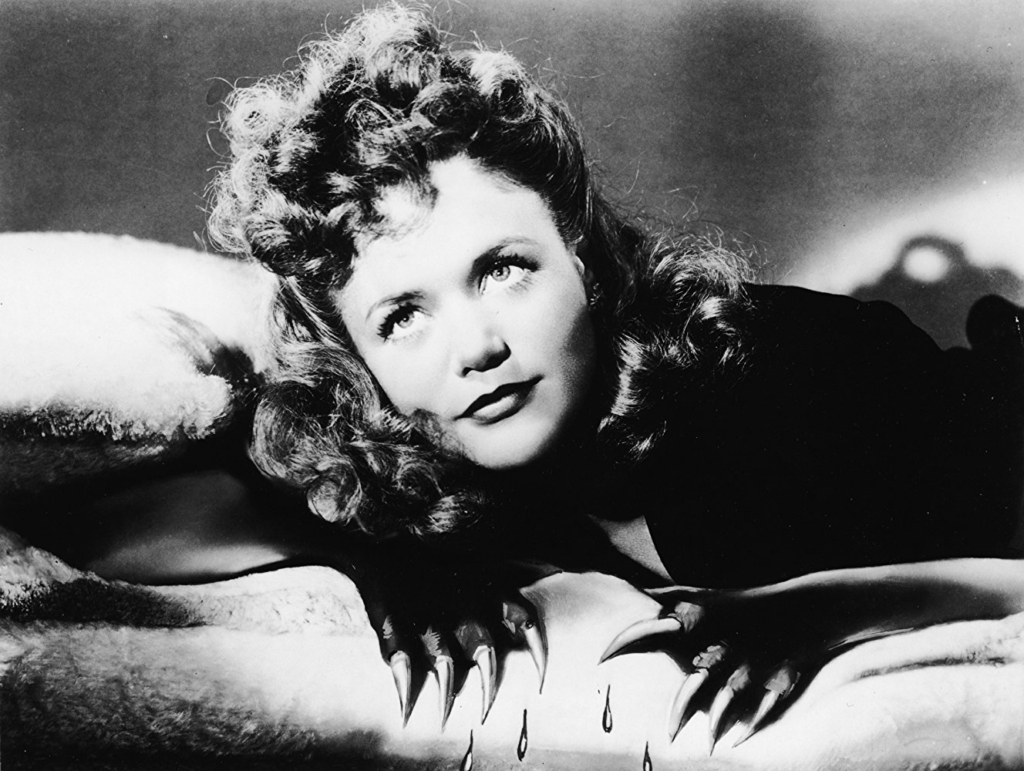
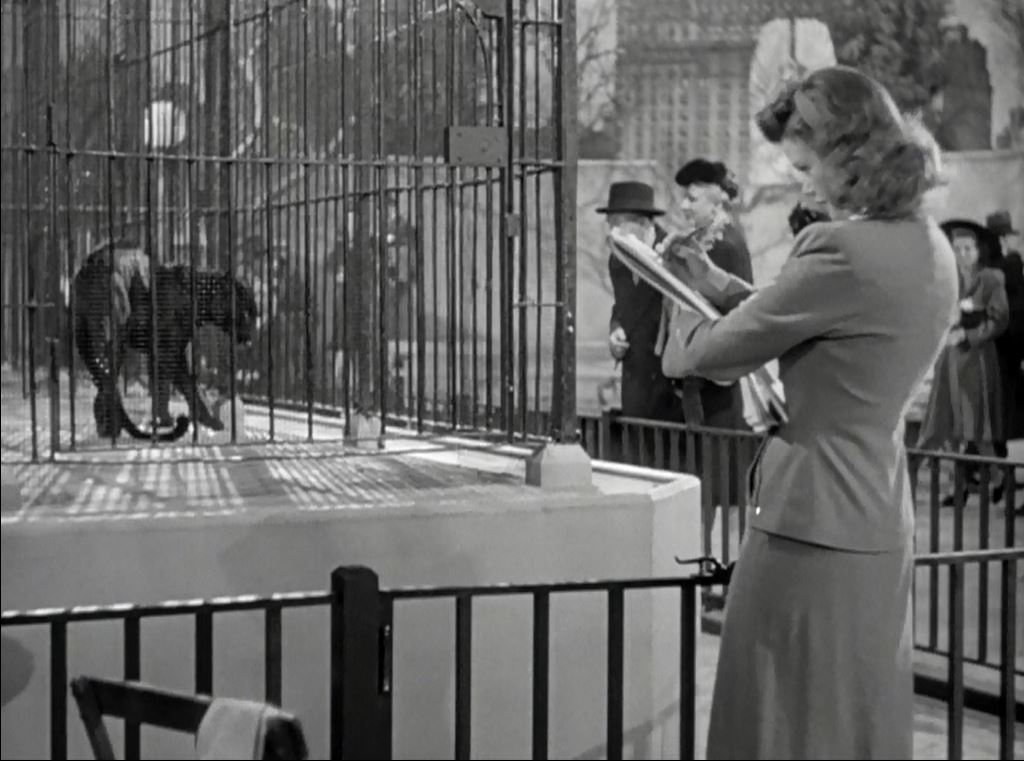
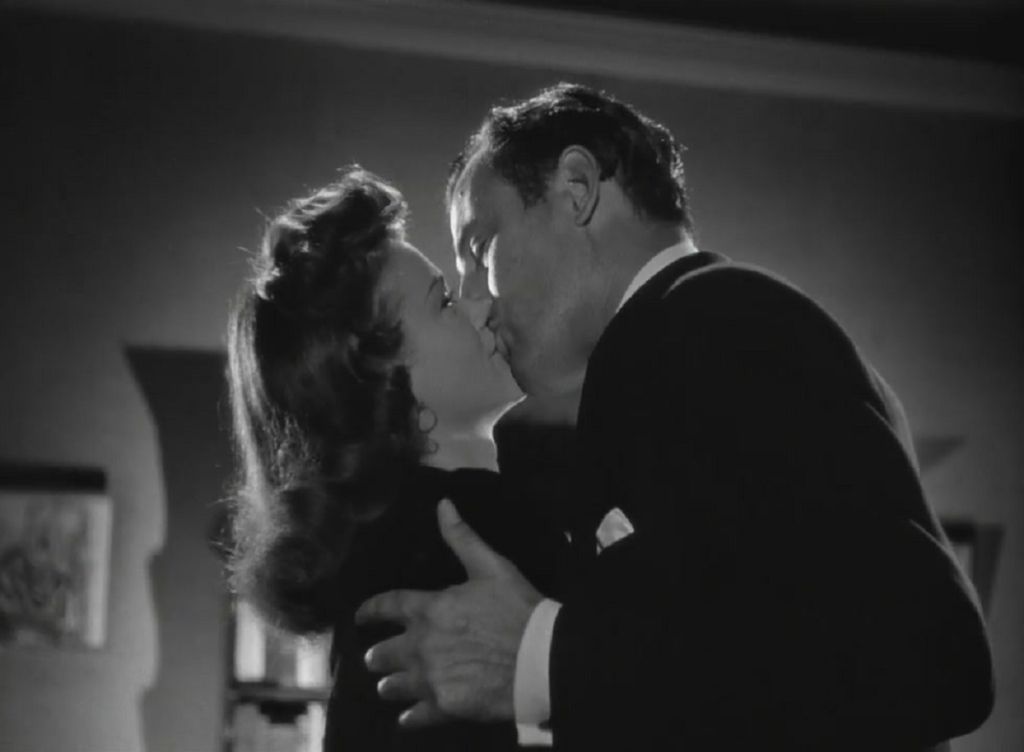
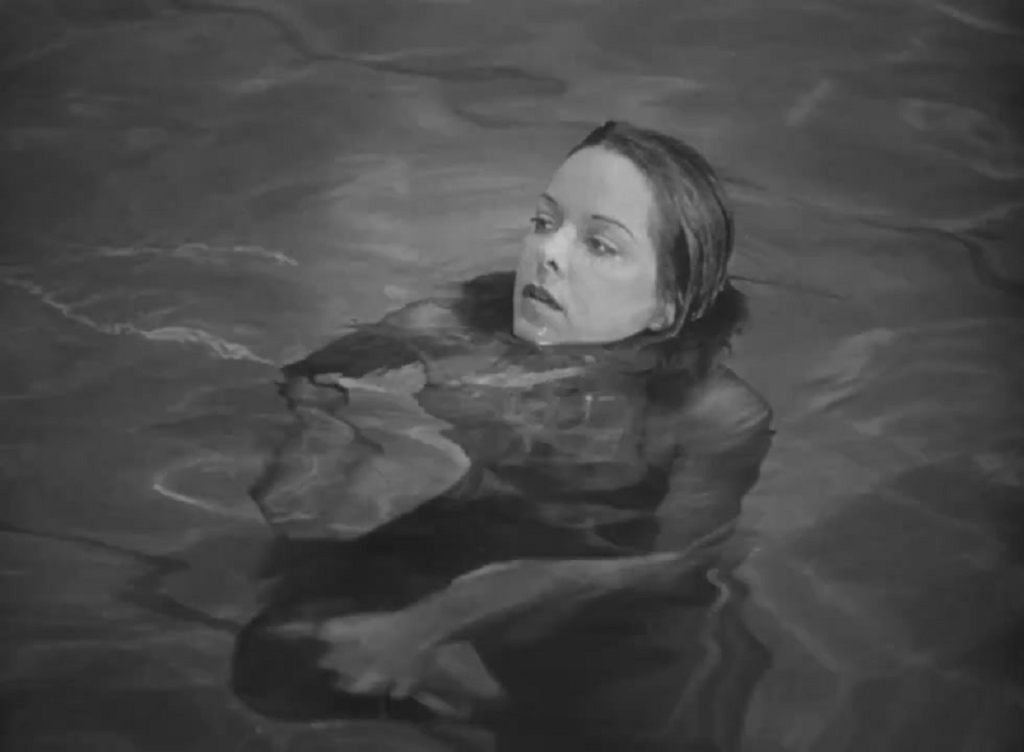
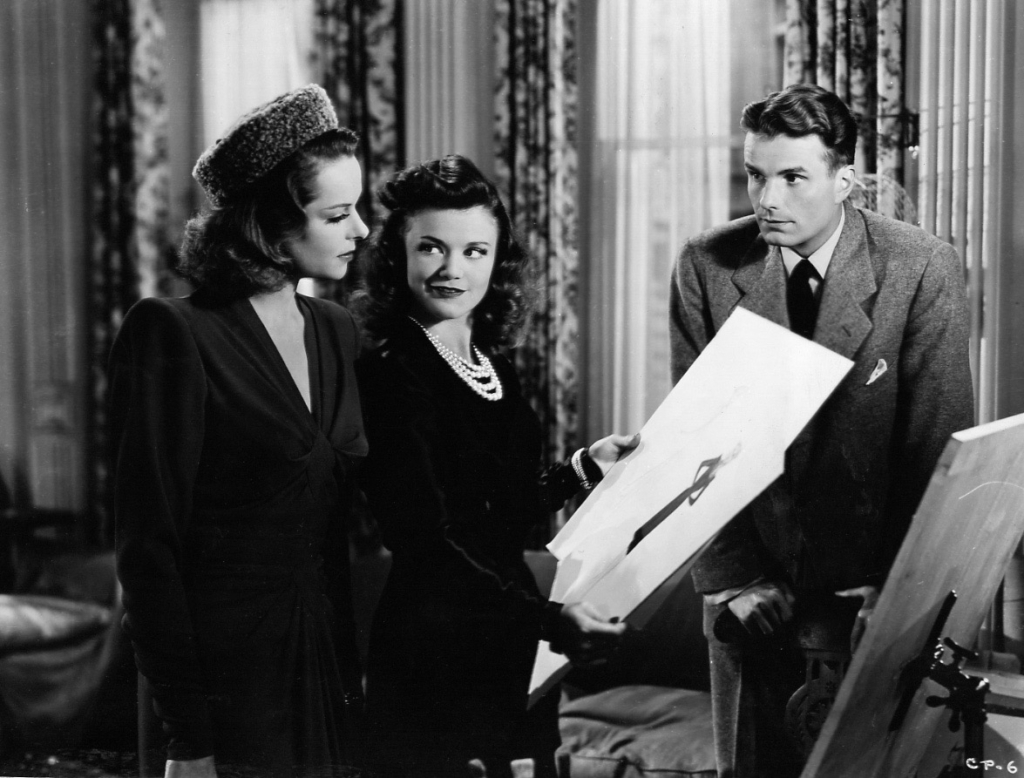




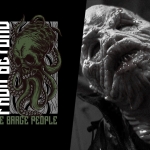








Follow Us!